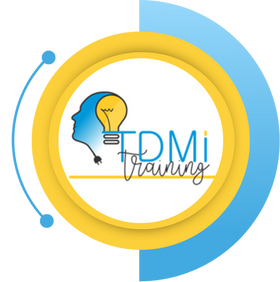How South Africa’s New 15.5% VAT Will Impact Electricians on the Ground
🔌 VAT Shockwave: How South Africa’s New 15.5% VAT Will Impact Electricians on the Ground
South Africa's impending Value Added Tax (VAT) increase from 15% to 15.5%, effective May 1, 2025, will have notable implications for electricians and their daily operations. This adjustment, followed by a further increase to 16% on April 1, 2026, necessitates strategic planning to ensure compliance and maintain profitability.
Understanding the VAT Increase
The VAT hike is part of the government's strategy to address fiscal challenges and fund essential services. While the increase may seem modest, its cumulative effect over time can significantly impact small businesses, including electrical contractors.
Impact on Electricians
-
Pricing Adjustments: Electricians will need to revise their pricing structures to incorporate the new VAT rate. This ensures that the additional tax burden is accurately reflected in client invoices, safeguarding profit margins.
-
Cash Flow Considerations: The increased VAT rate may affect cash flow, especially for projects with tight budgets or delayed payments. Electricians should monitor their finances closely to manage the timing difference between paying VAT on supplies and collecting it from clients.
-
Administrative Updates: Updating accounting systems, invoicing software, and financial records to reflect the new VAT rate is essential. This ensures accurate tax reporting and compliance with the South African Revenue Service (SARS).
-
Client Communication: Transparent communication with clients about the VAT increase is crucial. Informing them of the changes in advance can help manage expectations and maintain trust.
Strategies for Adaptation
-
Review Contracts: Examine existing contracts to determine how the VAT increase affects agreed-upon prices and whether adjustments are necessary.
-
Efficient Procurement: Consider purchasing essential materials before the VAT increase takes effect to benefit from the lower rate and reduce costs.
-
Financial Planning: Work with financial advisors to understand the broader implications of the VAT increase on your business and explore strategies to mitigate its impact.
Handling Ongoing Projects and Accepted Quotes: Transitioning to the New VAT Rate
The shift from 15% to 15.5% VAT is especially tricky for ongoing work, future bookings, or quotes that have already been accepted. Without proper handling, you could end up paying the difference yourself.
🔍 What SARS Says:
“If a supply is made before 1 May 2025, the 15% rate applies. If the supply is made on or after 1 May 2025, the new 15.5% rate must be charged—even if the quote or agreement was issued earlier.”
(SARS VAT FAQs – 2025)
💡 Key Areas to Watch:
-
Accepted Quotes for Future Work:
If the work only starts or is completed after May 1, the 15.5% VAT applies, regardless of the quote date. Solution: Re-quote or amend accepted quotes and add a clause noting VAT changes. -
Phased Projects or Progressive Billing:
For work billed in stages, VAT is applied based on the date each stage is completed. Consider completing and invoicing as much as possible before April 30 to retain the 15% rate. -
Deposits Paid Before May 1:
If a deposit is received but the service is rendered after May 1, the entire job is subject to 15.5% VAT. You must adjust the balance invoice accordingly. -
Contracts with Fixed VAT Terms:
Contracts that specify “includes 15% VAT” may bind you to absorb the difference. Renegotiate where possible.
Practical Tips to Navigate the Transition
-
✅ Audit all pending and accepted quotes
-
✅ Add a VAT clause to all new quotations (e.g., “Subject to VAT legislation changes”)
-
✅ Inform your clients early and transparently
-
✅ Complete invoicing for finished work before April 30
-
✅ Consult with your accountant or tax advisor
Conclusion
The upcoming VAT increase presents challenges for electricians, but with proactive planning and clear communication, these can be effectively managed. Staying informed and adapting to these changes will ensure continued compliance and business stability.


Leave a comment